#the birds of asia
Text


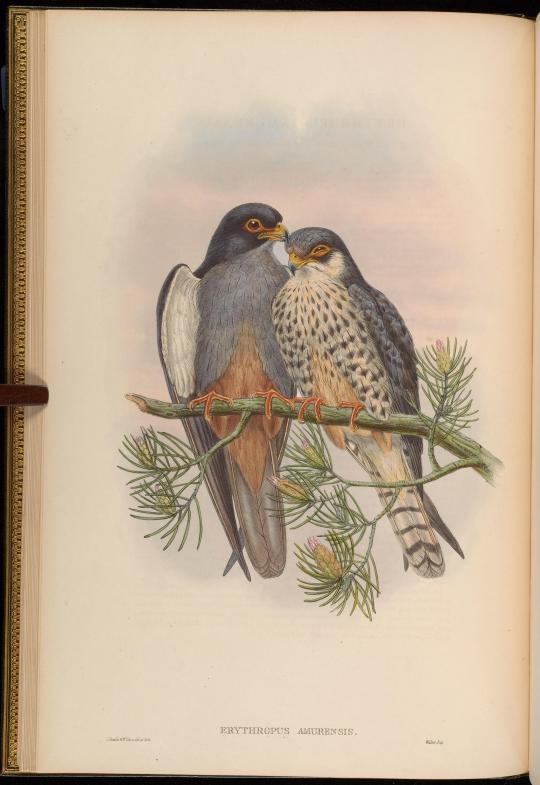
Amur Falcon
An illustration of the Amur Falcon by John Gould and William Hart, originally published in The Birds of Asia, Volume I (1850-1883).
Prints of this art are available on Redbubble.
Hi-res download of this art available on Ko-Fi.
815 notes
·
View notes
Text
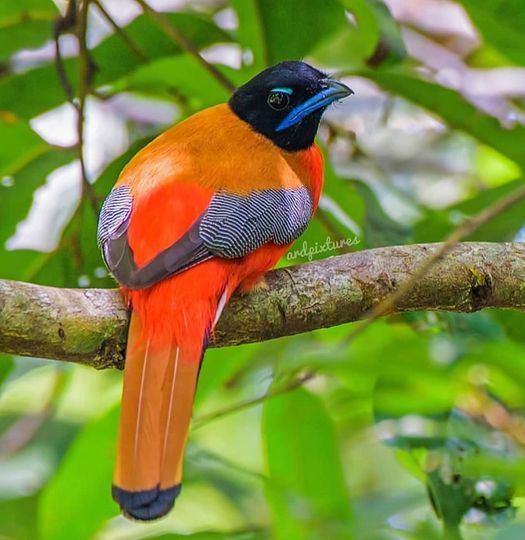
Scarlet-rumped Trogon (Harpactes duvaucelii), male, family Trogonidae, found in SE Asia
photograph by ardpixtures
29K notes
·
View notes
Text
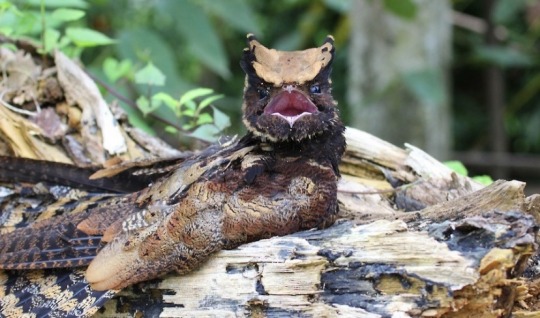





the great-eared nightjar is one of the largest nightjar species, found in southwestern india along with other portions of southern asia. they are discerned by their large, barred wings, small white throat patch, and pointed ‘ear’-shaped tufts. they prefer tropical and subtropical forest habitats. like other nightjars, they are active at dusk & night. they make an incredibly simple nest - a scrape on the ground - where they incubate a single egg per clutch. they feed almost entirely on insects caught in flight, primarily moths and beetles.
4K notes
·
View notes
Text

Crow and Willow Tree, Kawanabe Kyosai, 1887
#art#art history#Asian art#Japan#Japanese art#East Asia#East Asian art#Kawanabe Kyosai#birds-and-flowers#animals in art#bird#birds#crow#crows#Meiji period#Meiji era#19th century art#Metropolitan Museum of Art#album leaf#ink and color on silk
6K notes
·
View notes
Text

A bearded vulture or lammergier (Gypaetus barbatus) nests in Mongolia
by Tumendelger Khumbaa
#bearded vulture#lammergier#vultures#raptors#birds#gypaetus barbatus#gypaetus#accipitridae#accipitriformes#aves#chordata#wildlife: mongolia#wildlife: asia
669 notes
·
View notes
Text

Walt Disney Imagineering, Disney Yellow Two Shoes & Disney Television Animation wish you a happy new year and happy #DisneyTVA40.
This new New Year's card features all the WDW Passholder Magnets 2022-2023 redesings from Asia Ellington (“The Wonderful World Of Mickey Mouse” franchise, “Primos”) and Paul Rudish. (“The Wonderful World Of Mickey Mouse” franchise)
The piece features a hint of Walt Disney World Passholder Magnet redesings from José, Michael, Pierre and Fritz from The Enchanted Tiki Room
#Mickey Mouse#Mickey Mouse 2013#The Wonderful World Of Mickey Mouse#Oswald The Lucky Rabbit#Figment#Orange Bird#The Orange Bird#Spike The Bee#Dumbo#Walt Disney#Ub Iwerks#Tony Baxter#Bill Justice#Bob Moore#Paul Rudish#Asia Ellington#Seth Rogen#Evan Goldberg#Point Grey Pictures#Walt Disney World#Disney TVA Rides#Walt Disney Imagineering#Disney Yellow Two Shoes
625 notes
·
View notes
Text
Ms. Coll. 390, Item 2676, is a picture book, containing drawings and miniature paintings of birds and animals, mythological beings, scenes of daily life, court scenes, and more. Many of the pictures are unfinished, upside-down or overpainted, suggesting a work in progress or a sketchbook. It is written in Sanskrit, circa 1700-1850.
🔗:
#manuscript#sanskrit#south asia#18th century#19th century#drawings#art#history of art#indian art#india#animals#birds#painting#sketchbook#picture book#book history#rare books
312 notes
·
View notes
Text
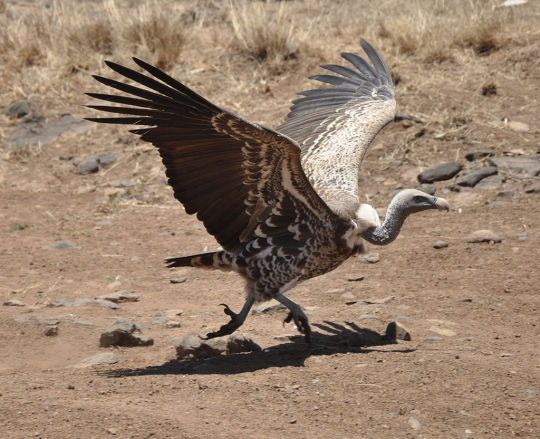
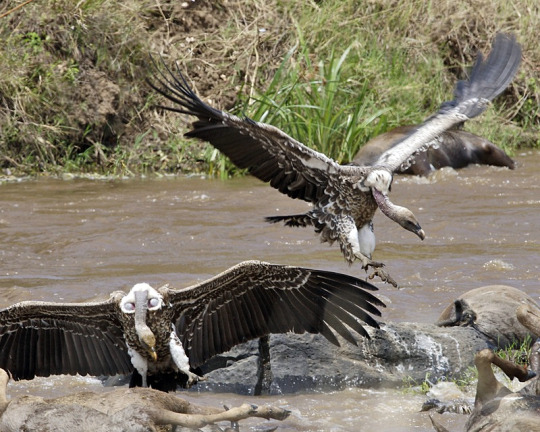
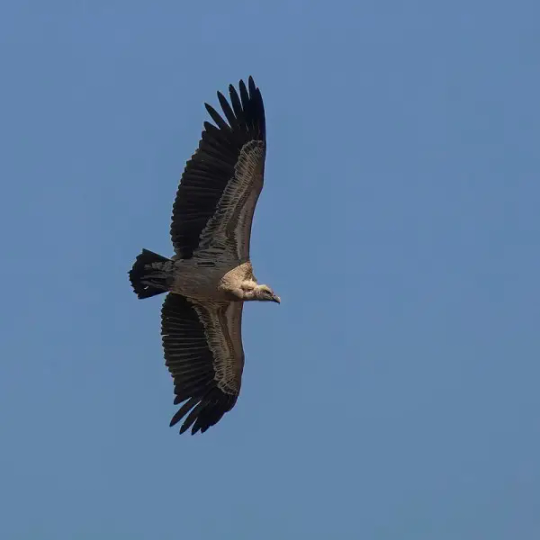
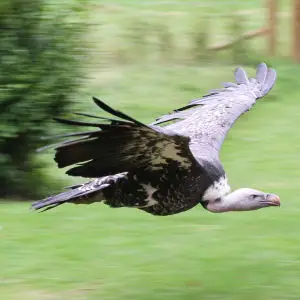

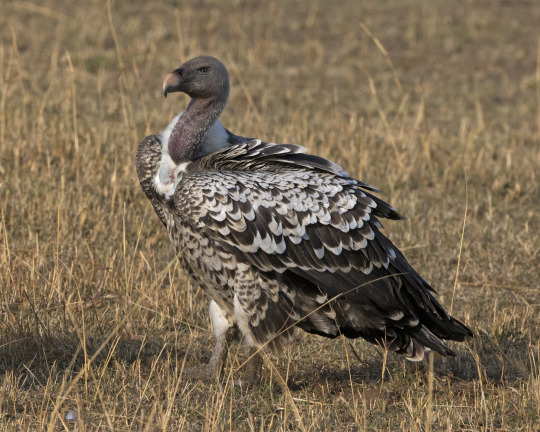
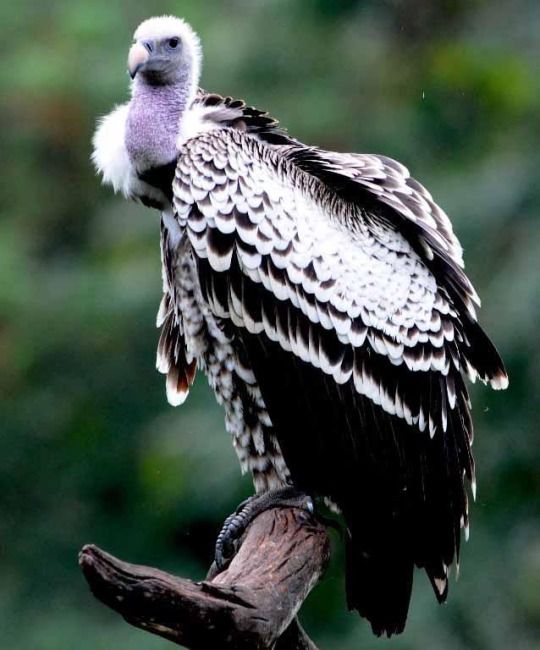
Rüppell's vulture also called Rüppell's griffon vulture, named after Eduard Rüppell, is a large bird of prey in the genus Gyps which is native throughout the sahel and eastern Africa including the countries of Algeria, Benin, Burkina Faso, Burundi, Cameroon, the Central African Republic, Chad, The Ivory Coast, Djibouti, Eritrea, Ethiopia, Gambia, Ghana, Guinea, Guinea-Bissau, Kenya, Mali, Mauritania, Niger, Nigeria, Rwanda, Senegal, Somalia, South Sudan, Sudan, Tanzania, Togo, and Uganda. Here they tend to inhabit grasslands, mountains, and open woodland. Rüppell's vultures are diurnal and very social birds, roosting, nesting, and feeding in large flocks. They spend much of their time flying at great altitudes, using strong winds and thermals to efficiently soar they are known to regular cruise at upwards of 20,000ft (6,000m) above the ground with some known to go as high as 37,000ft (11,300m) making them the highest flying bird. These vultures locate food by sight only, and often follow herds of animals. Once they find a carcass they swoop down, land a little way off, then bound forward with wings spread and their long neck outstretched. Even amongst old world vultures, Rüppell's vultures are specialized feeders with a spiked tongue and strong beak they can strip flesh with ease, and feed upon pelts, hides, and even the bones themselves. Reaching around 33 to 41in (85 -103cms) long, 14 – 20lbs in weight, with a 7.5-8.6ft (2.26 -2.6m) wingspan. They are one of the largest vultures in Africa, both sexes sport mottled brown or black feathering overall with a whitish-brown underbelly and thin, dirty-white fluff covering the head and neck. The base of the neck has a white collar, the eye is yellow or amber, the crop patch deep brown. The head does not have feathers. This species of vulture is considered to be monogamous, forming lifelong breeding pairs. They nest on cliffs in colonies up to a 1,000 strong. After courtship a pair will work together to build a nest using sticks, grass, and leaves that they have gathered or stolen from other nests, here the mother will lay 1 egg. Both parents share in incubation of their egg over a period of 55 days. Once the chick hatches, both parents will feed and tend to it for about 150 days when it fledges. Young remain dependent on their parents after fledging, not reaching independence until the next breeding season. Under ideal conditions a ruppells vulture may live up to 50 years.
#pleistocene#pleistocene pride#pliestocene pride#pliestocene#bird#dinosaur#vulture#ruppells vulture#africa#asia#europe#eurasia#flying#griffon#griffin#griffon vulture
436 notes
·
View notes
Text

You know my color choice in fashion is im-PECK-able.
Short-tailed Albatross (Phoebastria albatrus)
North Pacific Ocean regions
Status: Vulnerable
Threats: hunted for feathers and presumed extinct in the 1940s until around 50 birds returned from sea.
Nobody knows where these guys were hiding during WW2 but somehow survivors showed up again on their breeding island of Tori-shima over a decade later.
161 notes
·
View notes
Text



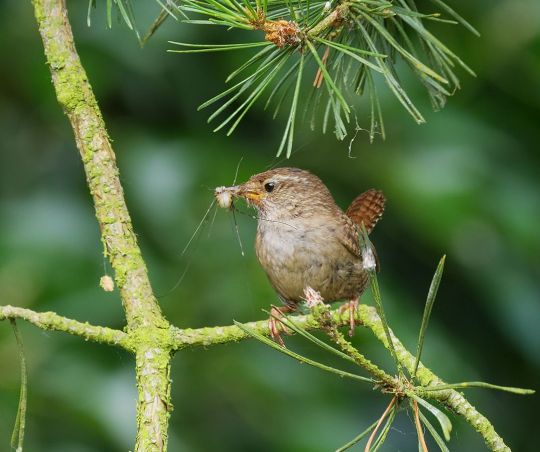
The King of All Birds
The Eurasian wren, also known as the northern wren or the winter wren (Troglodytes troglodytes) is found throughout Asia, most of Europe, and northern Africa; it has also been introduced into parts of North America. This bird can thrive in a variety of habitats, but prefer deciduous or coniferous forests with plenty of bushes and leaf cover.
The northern wren is on the small side, only 9 to 10 cm (3.5 to 3.9 in) long with a wingspan of 13–17 cm (5.1–6.7 in), and weighing at most about 10 g (0.35 oz). It is brown all over; darker on top, and mottled tan on the underside, wings, and tail. Males and females are nearly identical, but in the breeding season they can be distinguished by a brood patch on the females or a swollen cloaca in the males. T. troglodytes has several calls and songs, the most common of which is a "tic-tic-tic" sound.
Breeding season throughout Europe and Asia is in the spring and summer, from March to August. Males maintain a territory, reinforcing its boundaries with complex songs and building several nests to draw in females. When a female arrives, he gives her a tour of his territory and, if she's impressed, she allows him to mate. After this, she lays 5-7 eggs in one of the males' nests and proceeds to incubate them while he provides food. At about 15 days, the eggs hatch. Generally the young are cared for by the female, while the male seeks out another mate, but some monogamous males will stay with the nest until the chicks have fledged at about 16 days old. Winter wrens only live about 2 years old in the wild, though some individuals may live as long as 4 years.
The eurasian wren is active primarily during the day, and when not defending their territories or seeking out mates, they are foraging for insects. Their primary prey are moths, butterflies, millipedes, and larvae-- and, in riparian areas, aquatic invertebrates. Birds of prey like northern harriers are the primary predators of T. troglodytes adults, while nests are targets for crows, jays, and weasels.
Conservation status: Due to its large range and population size, the Eurasian wren is considered Least Concern by the IUCN. In fact, studies and monitoring programs indicate that the number of winter wrens is increasing.
If you like what I do, consider leaving a tip or buying me a kofi!
Photos
Ashley Bradford
Andy Wilson
Steve Garvie
Andreas Eichler
#eurasian wren#Passeriformes#Troglodytidae#wrens#perching birds#birds#deciduous forest birds#evergreen forest birds#generalist fauna#generalist birds#europe#asia#eastern asia#africa#north africa
164 notes
·
View notes
Text

Galah
#Galah#cockatoo#bird#animals#Maharajah Jungle Trek#aviary#attraction#Asia#Animal Kingdom#Disney’s Animal Kingdom#theme park#Disney#Walt Disney World#WDW
64 notes
·
View notes
Text
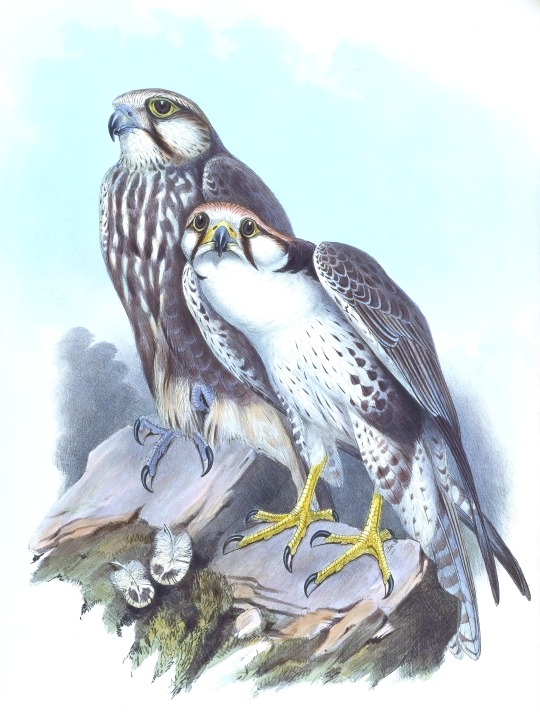


Laggar Falcon
An illustration of the Laggar Falcon by Joseph Wolf and H. C. Richter, originally published in The Birds of Asia, Volume I (1850-1883).
Prints of this art are available on Redbubble.
Hi-res download of this art available on Ko-Fi.
223 notes
·
View notes
Text


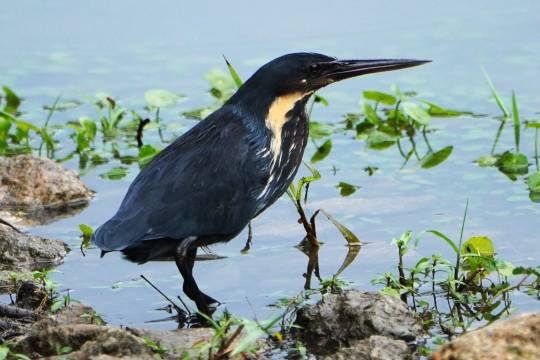
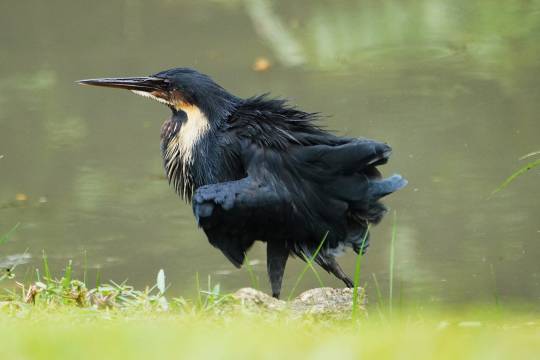
Black Bittern (Ixobrychus flavicollis), family Ardeidae, order Pelicaniformes, Jurong Lake Gardens, Singapore
photograph by Pher Thuan Chong
6K notes
·
View notes
Text
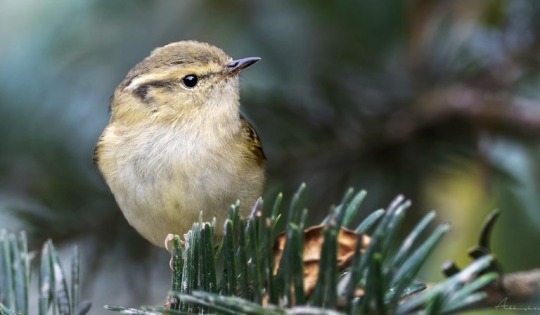
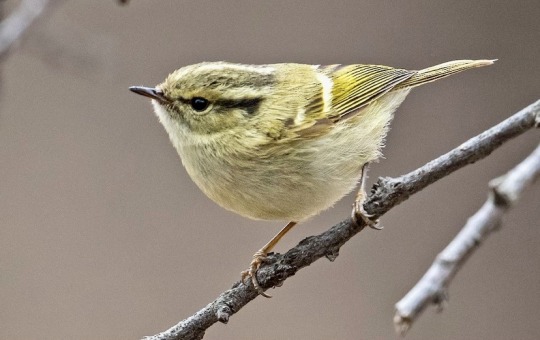
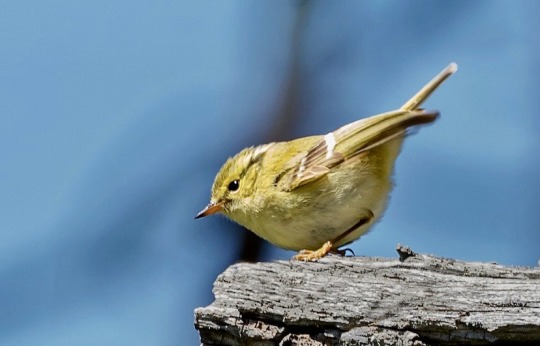
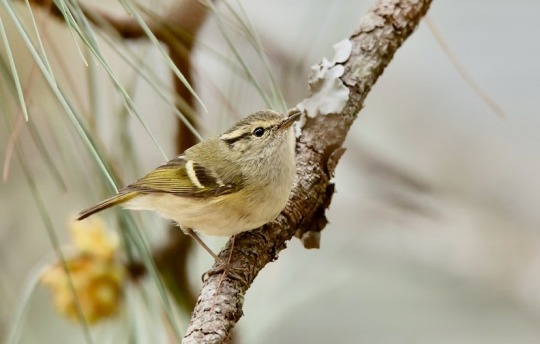
the lemon-rumped warbler is a small member of the old-world warbler family with a petite, plump build and soft brown & yellow coloration. found from the western himalayas to central china, they typically are found in elevated forests. they are named for the cheery yellow primarily found on the lower half of the bird. they are insectivorous birds that feed by gleaning insects from foliage in coniferous or mixed forest habitat.
543 notes
·
View notes
Text

Rainy Season, Nishimura Goun, 1932
#art#art history#Asian art#Japan#Japanese art#East Asia#East Asian art#Nishimura Goun#genre painting#genre art#birds-and-flowers#Showa period#Showa era#20th century art#color on silk#Adachi Museum of Art
212 notes
·
View notes
Text
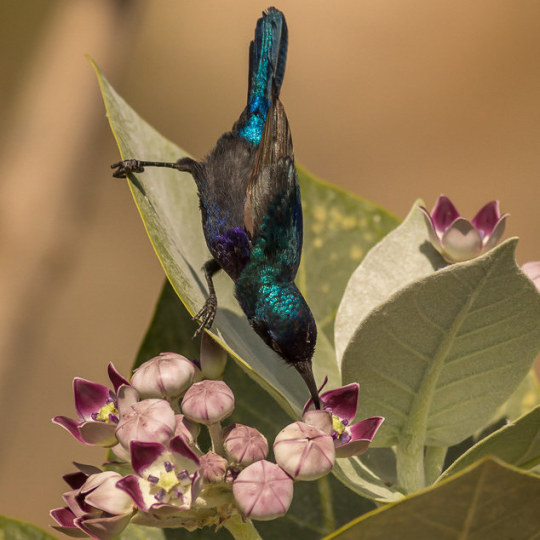
A male Palestine sunbird (Cinnyris osea) feeds from flowers in Oman
by Iordan Hristov
Donate to the Palestine Childrens Relief Fund
Donate to Medical Aid for Palestinians
Donate E-Sims to Gaza
#palestine sunbird#sunbirds#birds#cinnyris osea#cinnyris#nectariniidae#passeriformes#aves#chordata#wildlife: oman#wildlife: asia
482 notes
·
View notes